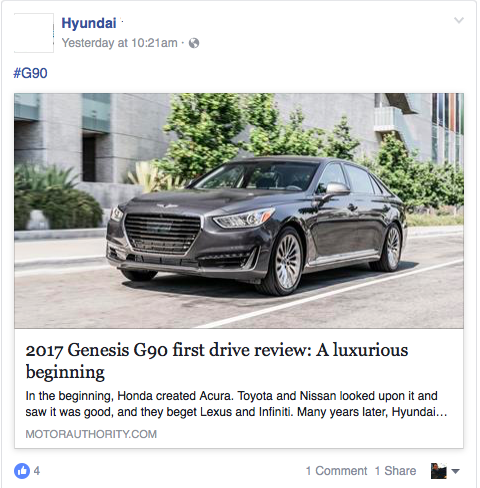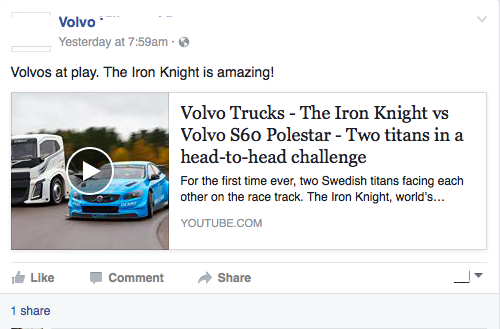Around the age of 20 and 21 I was just about ready to graduate from college and start moving onto a career and starting my life. At the same time, I started indulging in the idea of “young entrepreneurs” who at the ages of 18-25 created large followings on social media to “inspire” or “teach” other millennials or even older adults how to conduct business in the 21st century. Still to this day, new faces emerge preaching the exact same business and marketing tips, with legions of young adults in high school and college believing that they can build a persona that leads them to becoming millionaires whether they want to build a business or become a consultant with no real world experience.
I was unfortunately one of the millennials who bought into speaking about my knowledge on social media marketing in college. While I adamantly believe in what I wrote on my personal blog four to five years ago, the fact remains that despite my philosophy on social media that’s worked for me when building my business, Boston Auto Blog, no one was going to take me seriously if I came in off the street.
Over the last two years, I’ve been building a business that I can be proud of. A business that I didn’t preach, teach, or pontificate, and instead pour hours of work behind the camera filming cars, editing videos, and doing what’s fulfilling to me. Cars have always been my life, and I continue to take pride in not being influenced by other Automotive YouTubers or listening to others who continue to tell me what “I should do” when they aren’t putting in the work themselves,
It amazes and saddens me to still see millennials carry themselves in a way that’s neither beneficial to their careers or even fully truthful, as social media doesn’t show everything going on behind the scenes. The truth is, we don’t know everything, we don’t deserve a six figure job right out of college, the photos we take on Instagram can be and are misleading, and despite some of us having a boatload of knowledge, there’s no portfolio or a documentation of the work we’ve put in.
If you’re a millennial who has a chip on their shoulder and wants to be respected or be successful, just put in the work. Even now I feel weird or guilty writing this article as I’m still figuring out my own life and getting Boston Auto Blog to a point that I can be truly proud of. However, I’m not afraid to admit my past mistakes, and while I stand by my articles I wrote five years ago, I wish I spent more time working rather than sounding like an expert.
At the age of 26 I can truly say I’m happy with the work I do, and it feels great knowing that the content I’m putting out is leading me to bigger and better opportunities. Your success is predicated on your work ethic. While keeping our mouths shut and working isn’t something our generation is accustomed to, documenting and pouring every ounce of energy into something you love is how you’ll get noticed,
Facebook, Instagram, and YouTube are great tools that can be used to further your career and life. Pay no attention to the YouTubers who embellish or don’t fully disclose where they come from and whether their ventures are being funded. In the grand scheme of things, buying 100k followers or subscribers and getting attention from gullible young adults looking for shortcuts isn’t difficult, but building a business and pouring blood, sweat, and tears to make your dreams a reality is.
Don’t get caught up in personalities on social media, and instead use these platforms to your advantage by sharing your passion. The right people will find you, and by being real, you’ll not only build a life based on truth, but you’ll stand out to the people in the work force who genuinely believe in you, your product, or service.
Provide value and you’ll never be looked down upon. Find your passion and you’ll always be authentic.










